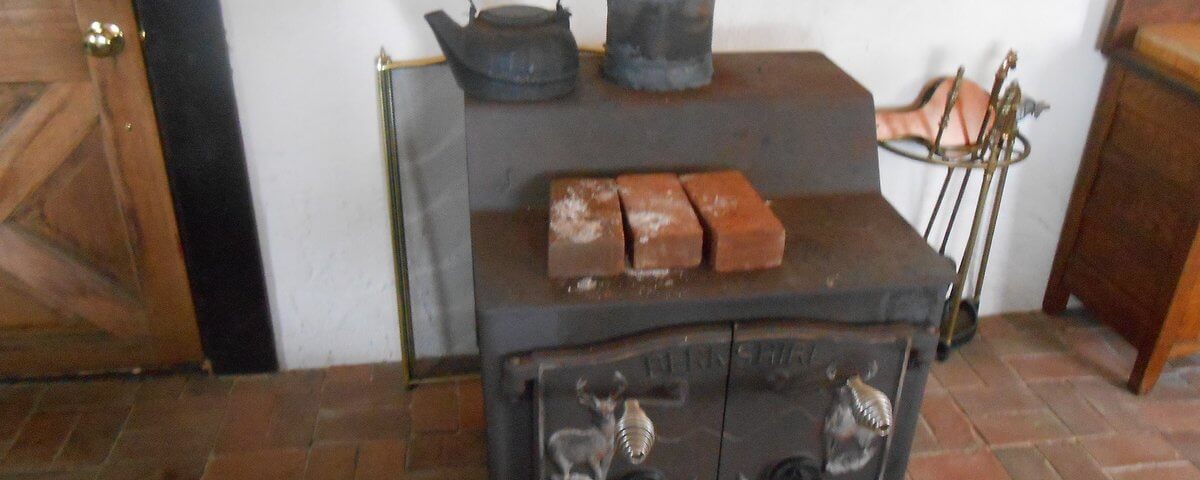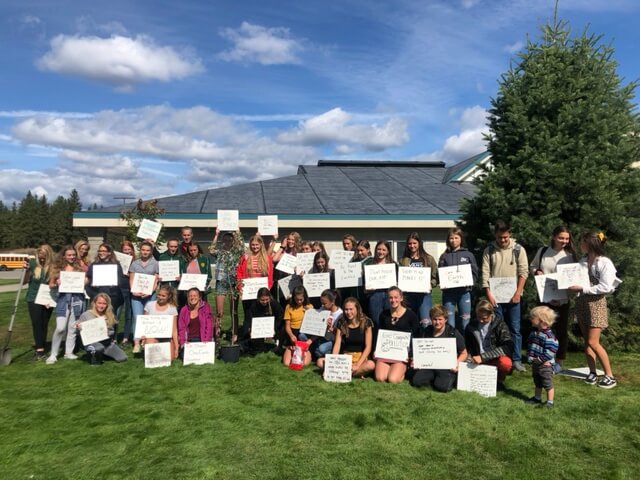Good News for Residents Who Breathe Air!
Methow Valley Citizens Council receives grants from the Washington Department of Ecology to support Clean Air Methow—a program designed to educate the public on air quality and ways to improve it.
Because of the shape of our valley during winter inversions, air can become stagnant, trapping the microscopic particles in smoke low to the ground in the air that we are all breathing. These tiny, solid particles can also have toxic chemical and aerosol hitchhikers and are inhaled deep into the lung and cross into the bloodstream. Air pollution from smoke has been conclusively linked to lung and heart disease and premature death, and preliminarily to all kinds of conditions including bone health, neurogenerative diseases and dementia. People with preexisting lung and heart conditions, pregnant women, elders and small children are the most vulnerable to the health effects of air pollution.
The negative health impacts of wood smoke pollution are undeniable, but the good news is that Clean Air Methow, a project of the Methow Valley Citizens Council (MVCC), has received a generous grant to help improve the air quality in the Methow Valley! The Washington Department of Ecology is providing the funding to replace old woodburning stoves for new efficient ones free of charge to qualified applicants.
The woodstove exchange program is still accepting applications and qualified participants will have their old stove removed and replaced with a new, efficient stove, pellet stove, or even heat pump free of charge. Replacing an old woodburning stove with a new, efficient one can result in greater than a 10-fold reduction in particulate matter released into our air! The EPA estimates that if all the old wood stoves in the U.S. were replaced with cleaner-burning stoves, $56-126 billion in health benefits per year would be realized. Funded by a grant from the Dept. of Ecology, MVCC has partnered with Valley Lumber to oversee a program to replace stoves to qualifying applicants.
Clean Air Methow was approached by Ecology to receive funding for this program because our winter air quality is historically so poor. Particulate matter 2.5 microns in size or smaller (PM2.5), the predominant pollutant in woodsmoke, is one of EPA’s six criteria air pollutants that the Department of Ecology monitors. Twisp and Winthrop have had such high levels from human-generated sources for many years in a row that we are identified as a high priority area to try to reduce air pollution. For the health of residents here, this is especially alarming because smoke from summer wildfires isn’t even included in this assessment – Ecology subtracts out smoke pollution from wildfires.
“As our valley gets hotter, drier, and smokier, and we embark on major forest health initiatives that will necessarily involve prescribed burning, we have got to think about improving our air quality every chance we get. You might not be
too bothered by woodsmoke or outdoor burning, but your neighbor’s kid with asthma, your dad with COPD, everyone over at Jamie’s Place, those who can’t afford indoor air purifiers – they’re the ones who will really suffer.” said Liz Walker, Air Program Director for MVCC. “This is still an exceptionally beautiful place, but we’re all living in an unprecedented experiment with the levels of heavy smoke experienced pretty much year after year. I really hope as a community we can make some shifts to look out for each other.”
Clean Air Methow has a year-round air quality program that includes outreach to understand and address community questions and concerns. They’ve previously conducted workshops on home heating with wood towards improving winter air quality. Important to note is that burning small, hot fires with well-seasoned wood and cleaning your chimney can dramatically reduce the amount of smoke generated by any woodstove. Most who depend solely on wood for heat are used to packing the stove full of wood and closing the damper. However, if you’ve ever walked around at night in Twisp, or looked at your own chimney while you’ve got this kind of fire going, it’s immediately clear just how much smoke is being generated. During the day, burning small and hot is reasonable as long as someone can attend the fire; this actually doesn’t use more wood because it’s releasing heat more efficiently. At night, the somewhat painful alternative to building a smoldering fire is to invest in blankets and snuggle up.
Currently the woodstove exchange program has received more than 40 inquiries, 18 completed applications are in process and 7 stoves have already been replaced. The funding for this program will ultimately replace 20 smoke belching old stoves in the valley which should result in a notable improvement in winter air quality. One recent stove recipient said, “Everyone involved has been so helpful and easy to work with. The paperwork requirements were simple and everyone North Valley Lumber was so helpful with choosing a stove and managing its installment. I am truly in awe of the fact that I have a brand new, highly functioning stove. With no cost to me!”
To qualify for this program, applicants must:
• Own a home located in the Methow Valley (renters encouraged to talk to their landlords)
• Have a household income of less than $45,000
• Provide a valid photo identification and proof of current address and income
• Use a non-EPA certified or pre-2000 wood stove or insert as your primary source of heat
Questions can be directed to Mary Yglesia, Woodstove Exchange Coordinator, Methow Valley Citizens Council, 509-997-0888 x4 or mvcc@mvcitizens.org.
Additionally, the community will have the opportunity to ask questions and share ideas about how to keep our air clean and ourselves healthy in an upcoming virtual workshop on November 2nd from 6:30-8pm titled “Preparing a SmokeReady Action Plan: Community Values, Vision and Goals.” Pre-registration is not required; go to
https://epawebconferencing.acms.com/smokeready2020/?fbclid=IwAR2MsR3fCIEfqAXVaf_5UqsHdlOqheHgsdFY6ceihFXi3iLcyDA2_KiUGgQ to join.




